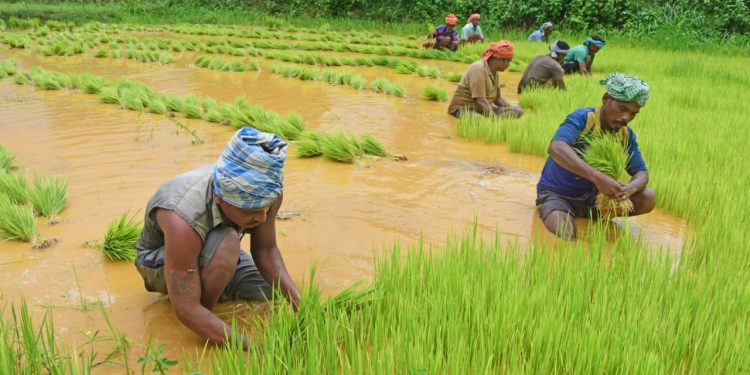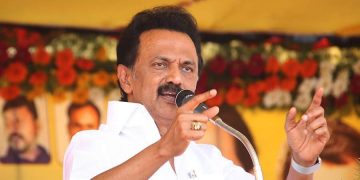The state government has set out to spend an estimated Rs 1.70 lakh crore in the 2021-22 financial year – a rise of over 13 per cent over the last year’s annual Budget. The annual credit plan for the year 2021-22 has been enhanced to Rs 1.10 lakh crore with an increase of 22.5 per cent over the target of 2020-21. The government has amped up expenditure in most of the sectors, except for agriculture.
Odisha is basically a farm-driven economy. Over 75 per cent of its population depends on farming for their livelihood. Unfortunately, a predominant portion of these people are poor. So much so that ‘poor’ is a synonym for an overwhelming number of farmers in Odisha. Therefore, majority welfare in the state cannot be imagined unless they cover the state’s farming community. Therefore, it is apt that the government has a plethora of schemes tailor-made for farmers. Since 2013-14, the state government has been presenting a separate agriculture budget. From an amount of Rs 7,162 crore in 2013-14, the farm budget reached Rs 19,408 crore in 2020-21. However, the allocation for the agriculture sector has seen a massive 10 per cent drop for the 2021-22 financial year. The farm sector in the state has contracted by a massive 6.5 per cent in the current financial year and the least we were expecting from the Budget was that there would be a rise in spend to boost farm activities. Further, inasmuch as the whole country has been seized of prolonged farmer unrest, a cut in the allocation for farming is shocking. Similarly, the allocation for the much talked about KALIA scheme has come down from Rs 3,195 crore last year to Rs 1,800 crore — a slashing by a hefty 43 per cent. Granted that implementation of KALIA has seen a lot of anomalies. In fact, this has been one of the most controversial schemes being in vogue in the state.
To a question in the House Wednesday, Agriculture Minister Arun Sahoo admitted that money has gone to the accounts of 1.04 lakh fake beneficiaries and the government has lost `100 crore on this count. The minister said efforts are being made to recover the money from the bogus beneficiaries. He, however, said that the scheme has helped many small and marginal farmers in the state by giving them cash benefits. In fact, small and marginal farmers in rural areas bore the brunt of the Covid-19 pandemic ever since it occurred. Unlike in other states, the land-holding pattern in Odisha is too fragmented. In fact, this is one of the key reasons why farmers here are saddled with low returns on their farm produces. Also, the state does not have much infrastructure in terms of cold-storages and warehousing facilities. Farmers invariably find themselves at the receiving end when it comes to selling their produce. The government should carry out more pro-farmer activities and undertake awareness measures to push farmers to crop diversification. The Budget has nothing to provide for boosting agriculture infrastructure to help farmers raise the yield per acre. In this context, KALIA was well-received by the poor. In fact, the Centre aped the state government in this and introduced PM Kisan Samman Nidhi under which it provided an annual assistance of `6,000 to every beneficiary. Thus, wrong implementation of the KALIA scheme is no excuse to cut down on the size of the Budget for KALIA. Monetary support to these marginalised sections of society, who bore the pandemic shock quite acutely, should not be stopped or reduced. Odisha cannot afford to allow its agriculture sector to continue as a Cinderella.






































